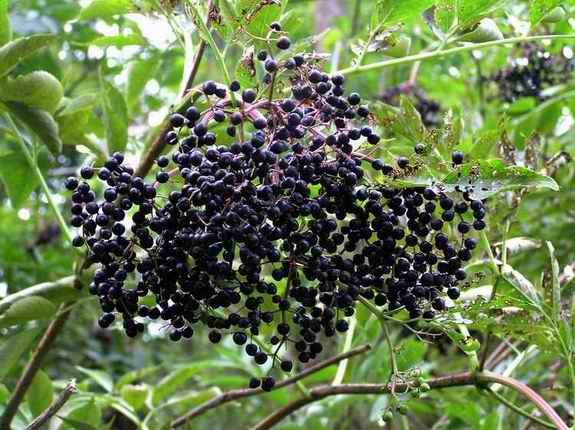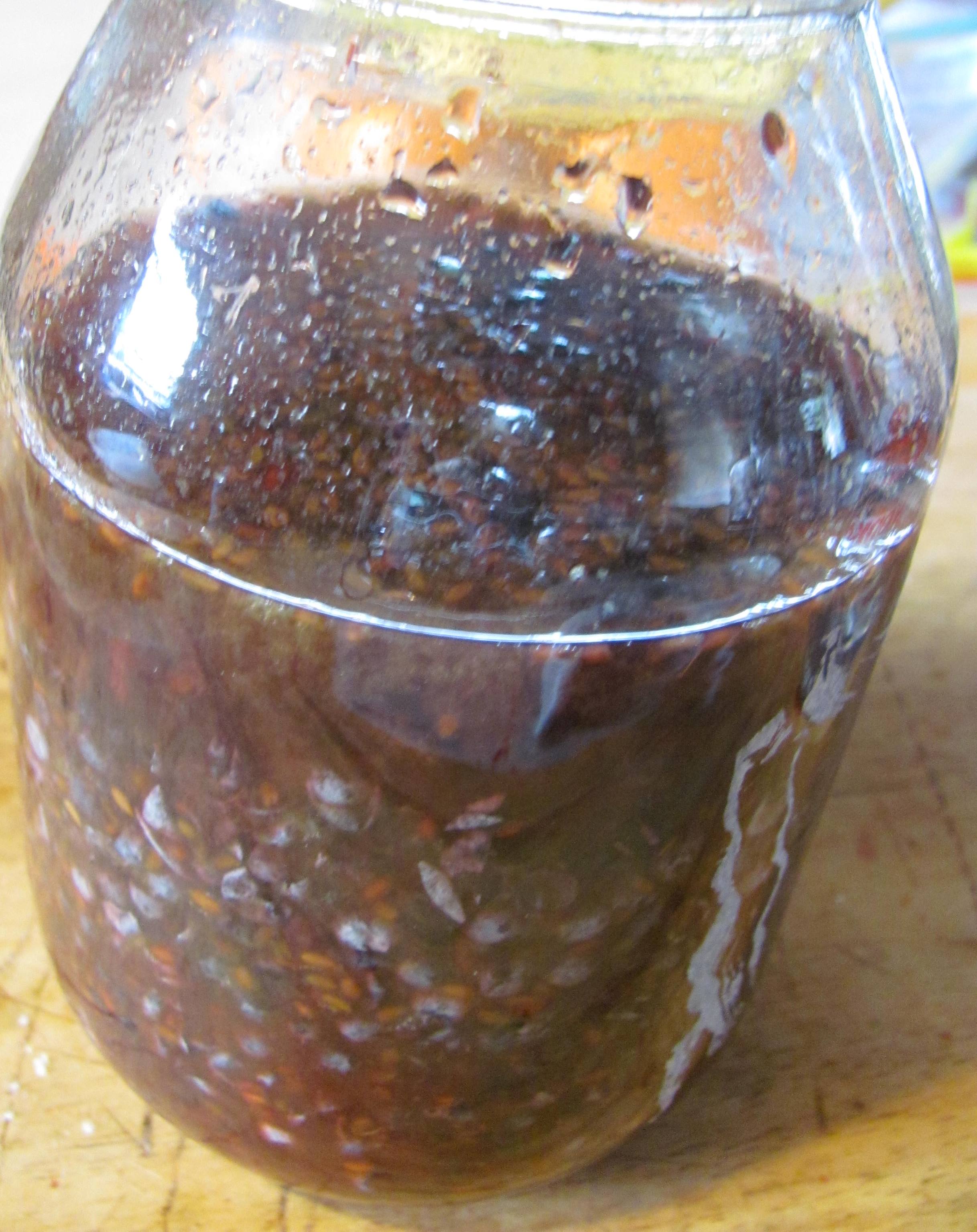Wax on Fruit
Why they do it, what it is, & how it could make you sick
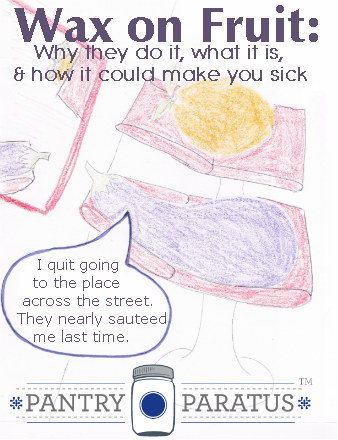
When I was a kid, a common party favor was those awful wax lips. Do you remember them? Sometimes they were vampire teeth and sometimes hillbilly rotting teeth&‐so there was generally a bruhaha over who got the vixen’s ruby red lips.
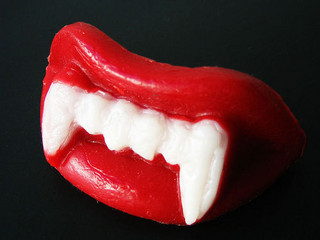
What, really were you supposed to do with those, anyway? They weren’t candy, and yet you were supposed to put them in your mouth until they melted, and I imagine more than one mom had them ground into her carpet or shoved under a couch cushion. I get a tummy ache just thinking about my past melted-wax-consumption.
This blog is not about that. It is more about the shuddering sensation I get when I think of that nasty wax coating on grocery store fruit. In a country where everything (but GMO, that is) has a labeling requirement, why do we not know what they’re smearing on our lovely green apples?
Ignorance might be bliss, unless you are on a special diet or prefer to avoid eating fossil fuels.
Why do they use wax on fruit?
Apparently, the wax will seal in moisture. Have you ever bitten into a grainy, dry apple? Gak. It also works as a preservative and increases the shelf life. It’s true that your waxed fruit would alternatively keep in a root cellar very well wax-free, but the grocery store storage and display does not provide those conditions. People are accustomed to the shiny red freshness in April, oblivious to the fact that apples do not grow in the spring.
Sometimes waxes and coatings are used to protect shine or another facet of appearance. Some fruits are susceptible to permeable gases like CO², O², or something called ethylene (Thompson, p. 50), like apples and papayas.
The “fruit coating” is sprayed onto the fruit (sometimes it is a dipping process) with the main intent to “suppress respiration” (the breathable skins release moisture), which keeps the fruit or vegetable tasting more freshly-picked.
Are there health risks to the wax on fruit?
Let’s ask this question: do you believe that the food industry takes loving concern to meticulously remove the pesticides from the food before it hits your store shelf? After all, if the pesticides were only for the growth of the fruit or vegetable and are not needed in your local Piggily Wiggily, why not remove them? Okay, so here’s the followup—if they did not remove the pesticides prior to serving them to you, do you think they removed them prior to waxing the fruit or vegetable?
Here’s a not-so-fun fact for you: over 20 million children between 1-5 years old ingest at least 8 pesticides daily. Another study found 16 different pesticides in 8 baby food products (Cook, p. 71). So do you really think that your foods have been cleaned prior to the wax sealant?
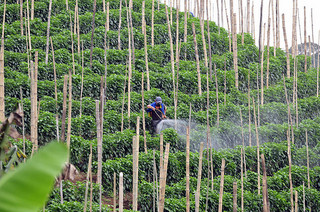
I do have a serious concern with the fact that the substances are not identified for the consumer. On the list below, you will see things as benign as wood rosin to things much scarier like unknown animal byproducts (sperm oil, shellac) or even yet—heavy coal tar.
What is the wax on fruit?
First, I am appalled that there is not an allergy warning applied to the fruit. Many wax coatings may include animal or insect parts, corn, or wheat. But I will try to cover those as I go.
This is the hardest part of the blog for me; I pulled up the FDA food processing guidelines. Not only is that a snoozy read, but it is just downright disgusting. I will try to sum up: the allowed substances are a’plenty. I’m not sure it would be readable to list them all, so if you want to read them all, I suggest going to the riveting FDA guidelines. I will instead sum up by mentioning the ones I found surprising, confusing, or disgusting. I should note that I found this list specifically regarding citrus fruit (in which you usually do not eat the peel, unless you grate some for occasional baking). I struggled to find a list for fruit you might eat peel-n-all.
Sodium Lauryl Sulfate—isn’t this the stuff in your kid’s bubble bath? I mean, the bubble bath you used to buy, until you found out that it had sodium lauryl sulfate in it, anyway? Don’t worry—your kids are getting to ingest it on their fruits and veggies. It is a “film former” so it would be used in conjunction with many of the other chemicals listed on that super-enjoyable FDA guideline.
Wood Rosin—this is one that might appear on your organic fruits and vegetables, too. Al Natural.
A whole list of “co-polymer” substances, my personal fave being vinyl chloride-vinylidene chloride copolymer. That is for anyone who used to chew on the headrest of mom’s old station wagon. Gotta love the vinyl taste, right? Someone please tell me that the double-use of the word vinyl is accidental! Well, it isn’t. The base chemical was originally called “Saran”, as in—yup—Saran wrap. Same stuff.
The next one is…well, I’m citing chapter & verse because you won’t believe it and I thought it was an illegal substance so I am confused.
Food and Drug Administration, HHS, § 172.215. Ready? Sperm Oil.
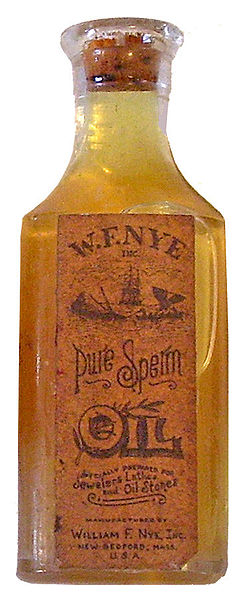
It’s a waxy substance obtained from whales and your great grandpa might have trimmed his lanterns with it. There is an international ban on whaling and so it is no longer legally sold from what I could find online. It is possible, I suppose, that it is of some other unspecified origin and not from whales. Otherwise, the FDA guideline and the International protection on whales seem irreconcilable.
Coumarone-indene resin—not for the flesh of fruits that you actually consume, but for things like oranges, lemons, and the like. What is this resin? To quote, “The food additive is manufactured by the polymerization of a crude, heavy coal-tar solvent” Keep that in mind if you like to grate your orange peel.
There are many, many more. Please know that if you have a food allergy to gluten or corn, the FDA warns that fruit with these waxes may not be safe for you. Do not expect a label, though!
What fruits and vegetables get waxed?
Here is one list that I found, but I have added to it through other resources:
- Cucumbers
- Bell peppers
- Eggplant
- Potatoes
- Apples
- Oranges
- Lemons , limes, grapefruit, & other citrus
- Bananas & plantains
- Guava Fruit
- Avacados (coated to protect shine)
- Melons
- Papaya
- Mangoes
Can I wash the wax coating off of my food?
So, how have you always been told to wash your fruit? We have done a number of different things over the years, specialty fruit washes, vinegar, soap, and even just plain water. I’m going to surprise you—here is what the FDA says:
One thing no one disagrees upon is that you should indeed wash them. This day and age, when animal illnesses (like E. Coli) can be passed through plant products, I think we know that you cannot take risks when it comes to potential bacteria exposure.
I read a few anecdotal blogs and forums where people claimed they could see the wax flake off with a simple water rinse. Huh? Not mine, and probably not yours either. It is stubborn stuff. An acid like vinegar or lemon juice will help. I would love to see a study to show what percentage of the wax remains, since I do not personally find vinegar to be as thorough as I would prefer.
How can I get produce without wax?
Grow your own.
That sounds snarky but I do not mean it to be. There is no consistent alternative to waxes. Know your farmer or be your farmer. Organic fruits will not use petroleum based waxes, but may still use organic ones such as carnauba (which comes from a palm tree) or shellac (coming from a beetle, you know). Sorry vegetarians, even your organic fruits might be coated in beetle juice. The obvious benefit to buying organic is that you are not slowly poisoning yourself with pesticides, but—shellac anyone?
According to the FDA, fruits and vegetables in their natural state do not require labeling. One must wonder how coal tar, wheat or corn residues, plastics, or the application of insect juice could be considered “natural state”. I suppose I will have to add this to my ever-growing list of questions about the modern food system.
In the end, we need to ask our grocer what they know about the produce they sell. Perhaps we need to call the produce company. On a personal level, I researched this because we were seeing symptoms of a corn allergy when I knew there was nothing else in the diet that contained corn. Was it the fruit? Without labeling, I may never know.
–Chaya
Works Cited:
Many sources in which only a single piece of information was utilized (but did not inform the whole of this blog) are not mentioned below but are hyperlinked in the text. Follow the hyperlinks to read those additional sources.
Cook, C. (2004). Diet for a dead planet. New York: The New Press.
FDA .Questions and Answers on the Gluten-Free Labeling Proposed Rule. Last updated 5/22/2013. http://www.fda.gov/Food/GuidanceRegulation/GuidanceDocumentsRegulatoryInformation/Allergens/ucm111487.htm
Thompson, K. (2003). Fruit and vegetables: Harvesting, handling, and storage. Australia: Blackwell Publishing.
Photo Credits:
Please feel free to share any photo produced by Pantry Paratus, but please keep proper attribution. Other photos are listed below:
Cartoon: Pantry Paratus
Wax Lips: numberstumper via photopin cc
Sperm OIl, by Kurzon via Creative Commons
Spraying Field: CIAT International Center for Tropical Agriculture via photopin cc
Proviso:
Nothing in this blog constitutes medical advice. You should consult your own physician before making any dietary changes. Statements in this blog may or may not be congruent with current USDA or FDA guidance.



